September Plant of the Month: Japanese Anemones
Japanese anemones are striking perennials that provide a joyful end of summer display when many others plants have finished flowering. Learn all about them here.
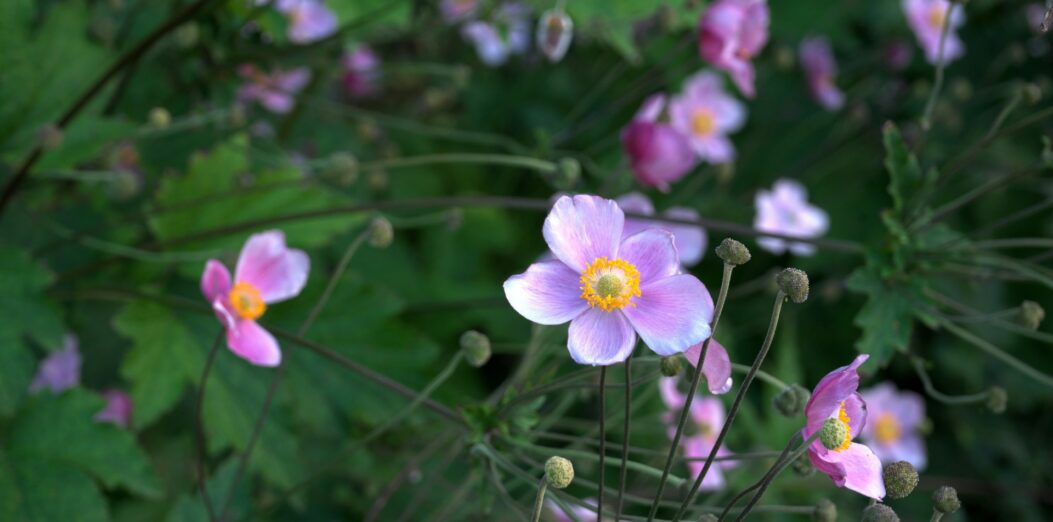
With the end of summer approaching and most of the summer blooms coming to an end, Japanese anemones put on a stunning show, providing a welcome splash of colour in late summer and early autumn. They’re great for wildlife too, supplying nectar and pollen to late-flying pollinators, particularly bumblebees.
Appearance
- Saucer-shaped pink or white flowers on tall, slender, branched stems above attractive foliage.
- The flowers can be single or double and the height will vary depending on the variety, so consider the size of space you wish to plant them in when choosing.
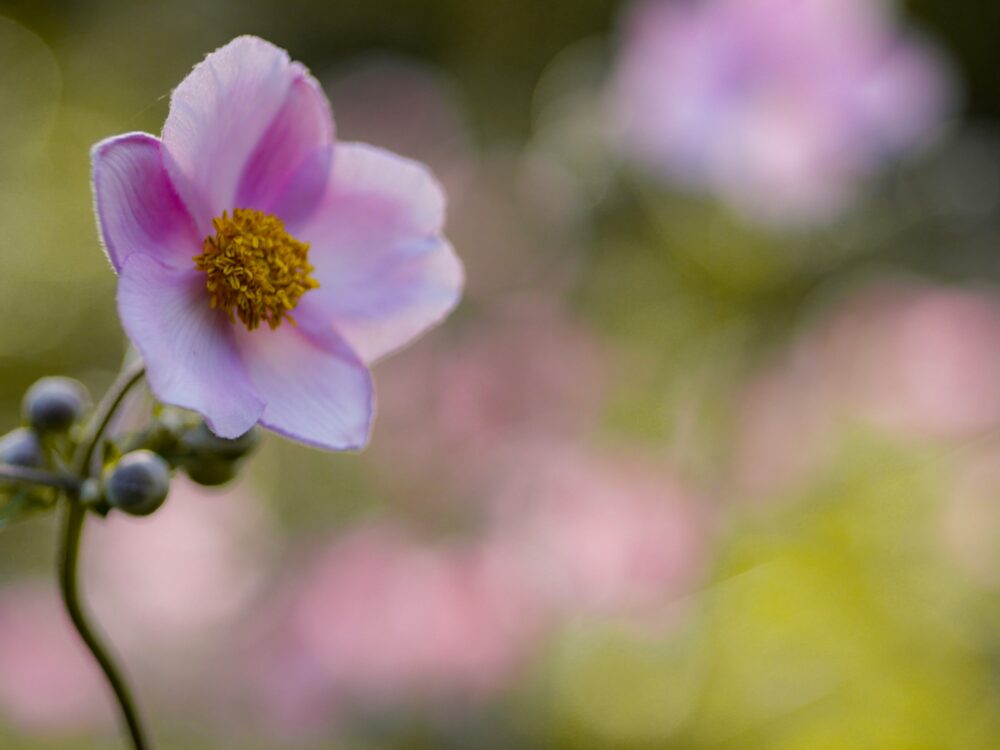
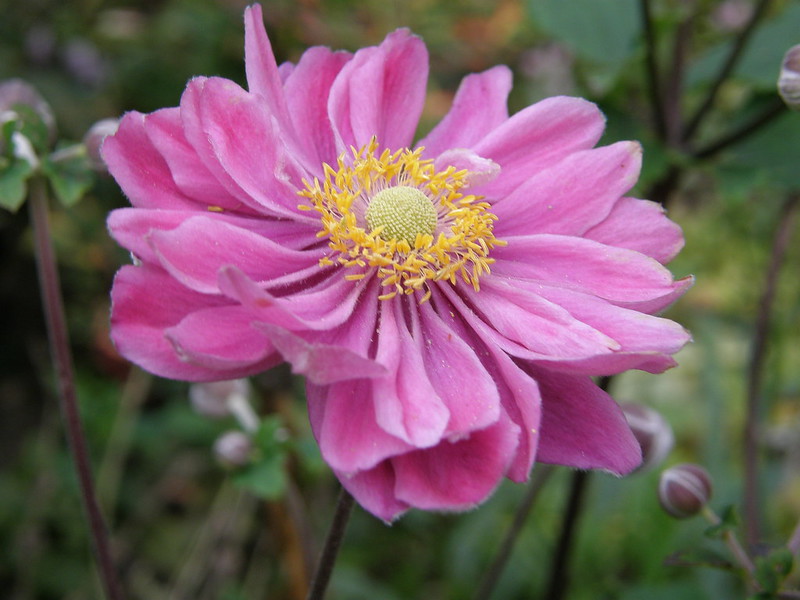
Where to Plant Them
- Japanese anemones make an ideal choice for growing in woodland locations or beneath trees.
- They are suited to large borders, cottage style schemes, coastal gardens or naturalized areas of a design.
- They thrive in shade, cope with dry soil and work well in pots. If you have a difficult shady corner of your garden that you have found little will grow in, give Japanese Anemones a go. They can really light up a dark corner and look great planted behind soft ferns.
- Although they work well with other late flowering perennials, they are best planted en masse.
Left: Anemone hupehensis var. japonica ‘Pamina’
Pests and Diseases
- These long-lived perennials need very little maintenance once established. They have good resistance to pest and diseasesas well as to rabbits and deer.
- Yellowing or browning leaves may be a sign of dry soil. Remove the leaves and give the plant a good water, then apply a thick mulch to help stop water evaporating from the surface.
- White, dusty coating on leaves and flowers could be powdery mildew. Remove the damaged leaves. Drought-stressed plants may be more susceptible to this, so try to water regularly.
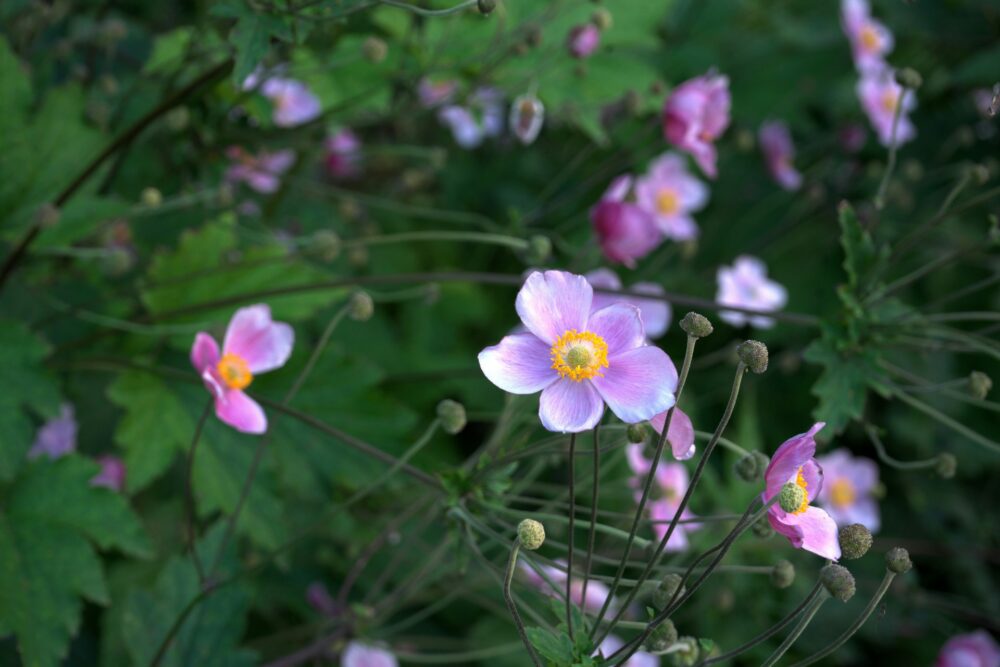
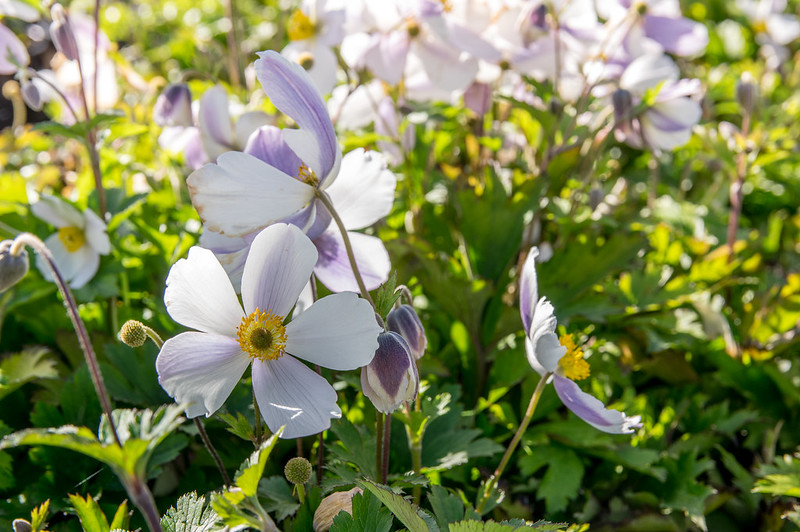
Planting
- Dig a hole around the same depth as the pot the Japanese anemone is planted in, and at least twice as wide.
- Add some organic matter, such as well rotted manure or leaf mould to the base of the planting hole before planting.
- Water well and add mulch on top
Left: Anemone Wild Swan
Plant Care
- Cut back after flowering or leave the seedheads for birds to eat in winter and then cut back afterwards.
- Tidy up dead leaves and stalks in March. Mulch annually in spring or autumn.
- Divide larger clumps every few years to keep them under control. Do this in autumn or spring.
- When grown in the right conditions, Japanese anemones can spread easily and may outgrow the space you intended for them.
- As well as self-seeding, they also send out rhizomes that grow into new plants. To keep them under control, remove new shoots as they appear.
Right: Anemone hupehensis ‘Splendens’
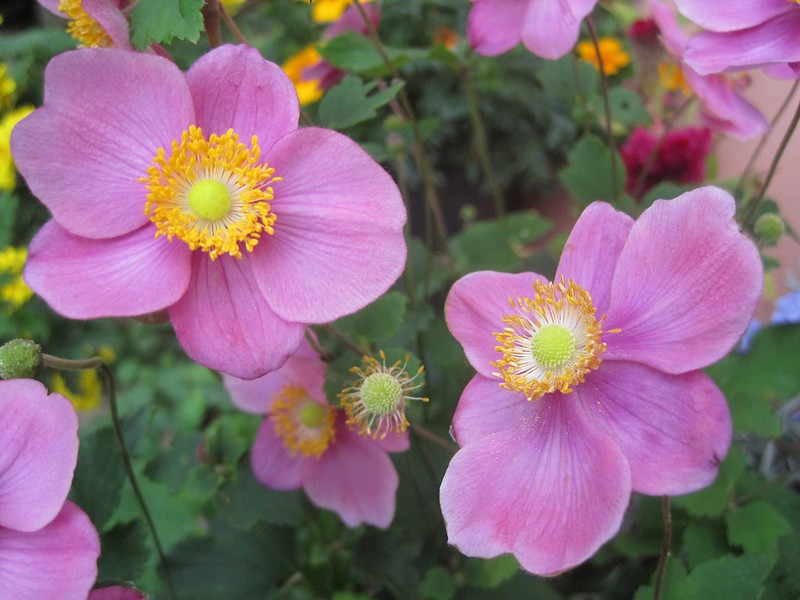
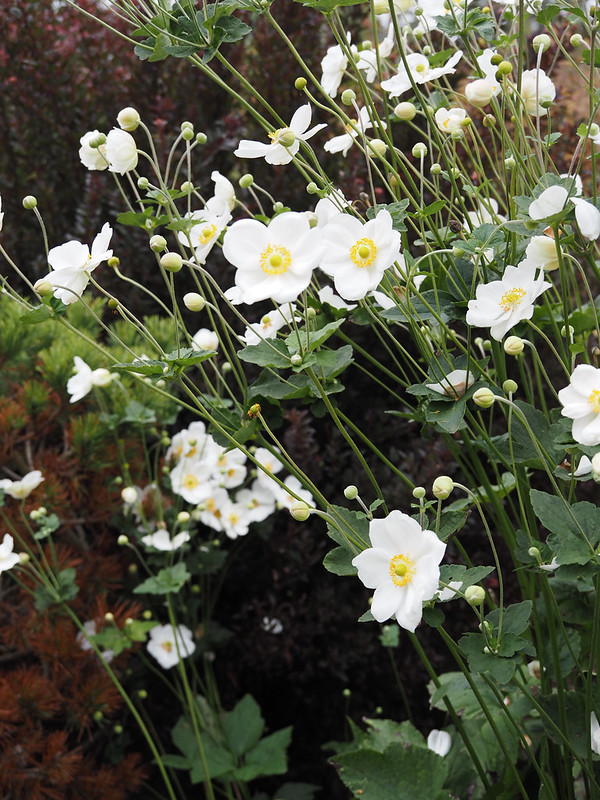
Anemone Types and Varieties to Consider
- Anemone x hybrida ‘Honorine Jobert’ – a classic Japanese anemone, with white, single flowers, tinged with pink on the underside of the petals. It’s great for brightening up a shady corner either in a large container or herbaceous border.
- Anemone hupehensis ‘Splendens’ – with pink flowers, this more compact variety, is a good choice for growing in containers or at the front of a sunny border.
- Anemone hupehensis var. japonica ‘Pamina’ – It’s flowers, though smaller and less numerous than others, are perhaps the prettiest of the group. Produced in loose clusters, the semi-double blooms are a good dark pink. This variety is great for the middle of a border as it isn’t as vigorous.
- Anemone Wild Swan – Large, cupped, white flowers, each with blue banding on the backs of petals. Floweres close at dusk and reopen in the morning. Any of the Swan Series are great for borders as they are more compact and less vigorous than other varieties.
Left: Anemone x hybrida ‘Honorine Jobert’
From planning a new border to a complete garden remodel, we pride ourselves on transforming ideas into beautiful reality, with minimum disruption. If you’re based in or around the Reading and Newbury area, we’d love to meet and discuss your project in detail – book your free no-obligation garden consultation today.
Image Credits
Anemone hupehensis var. japonica ‘Pamina’ ; Anemone Wild Swan; Anemone hupehensis ‘Splendens’ ; Anemone x hybrida ‘Honorine Jobert’